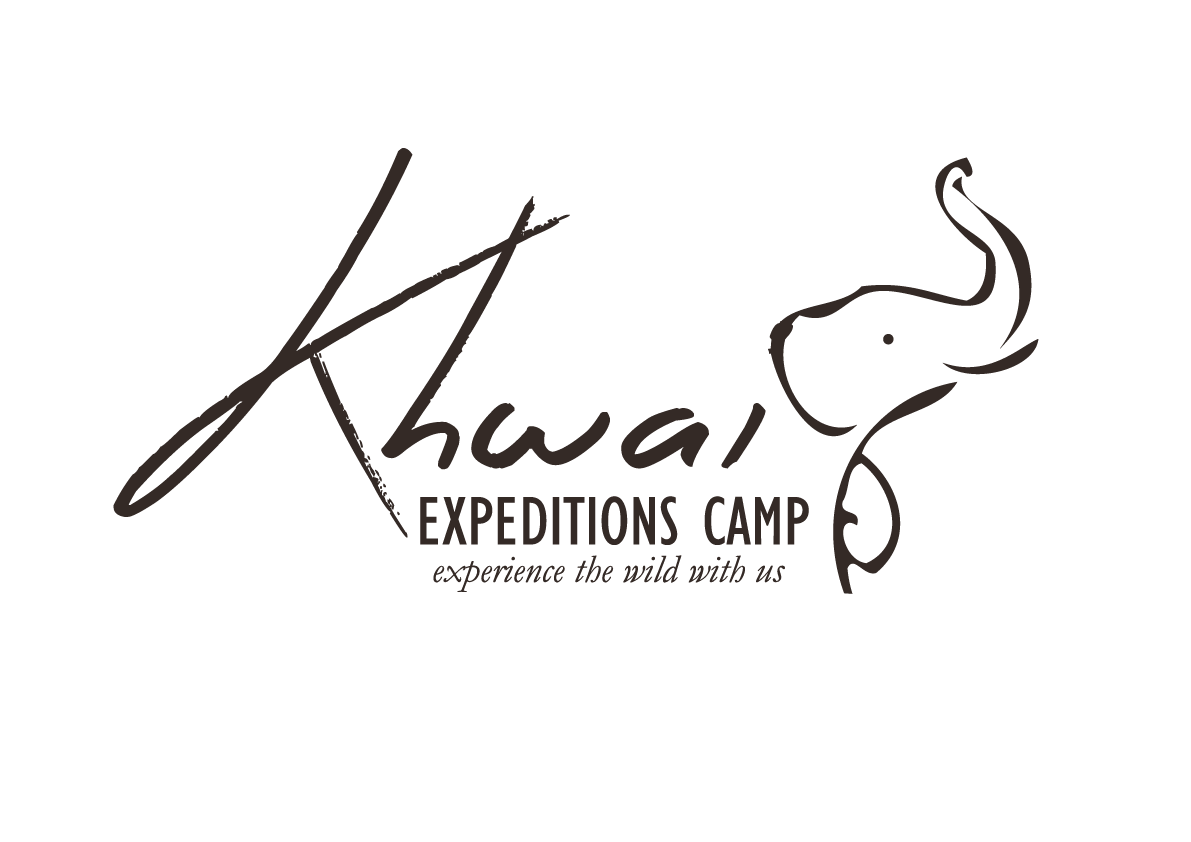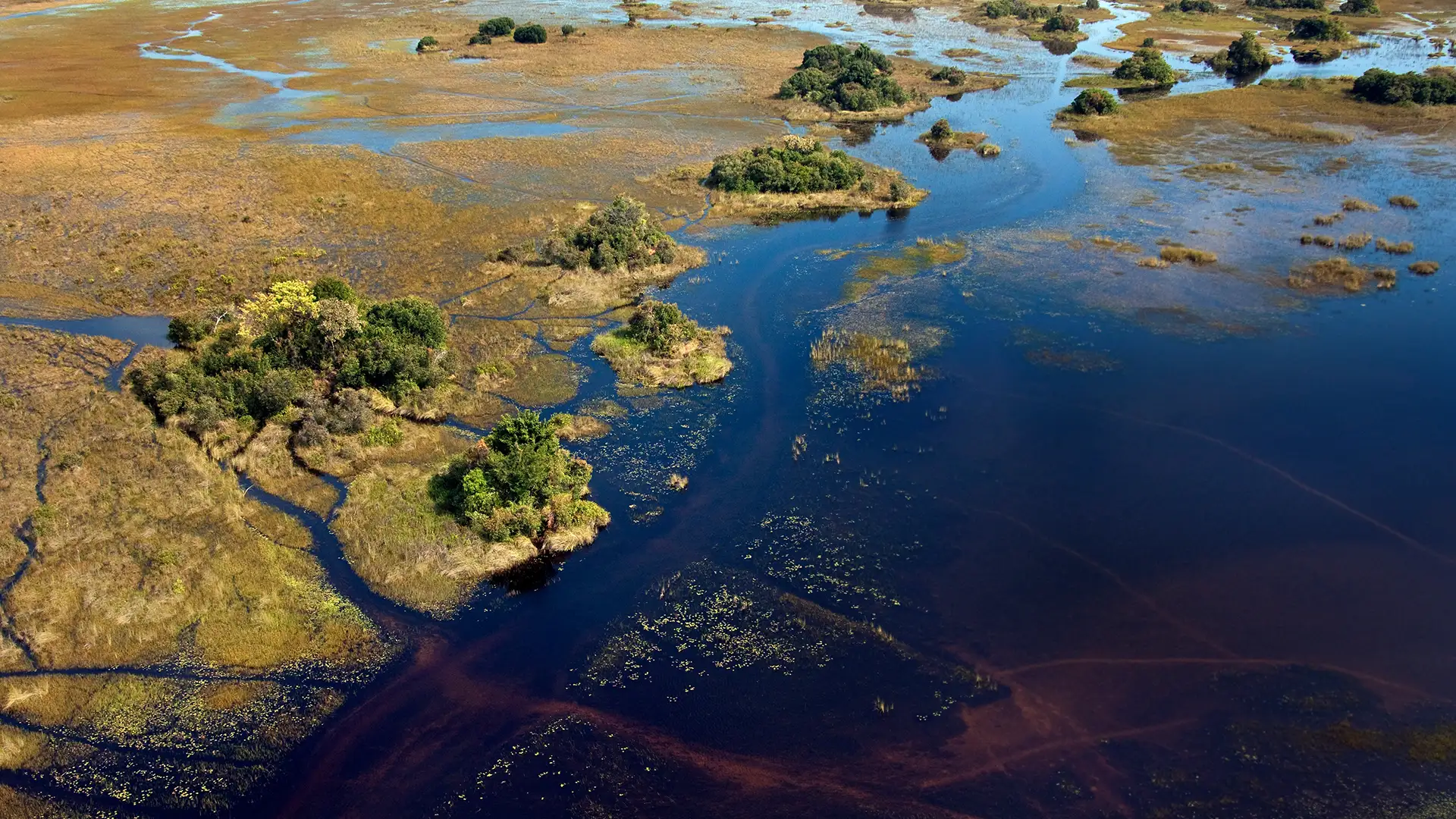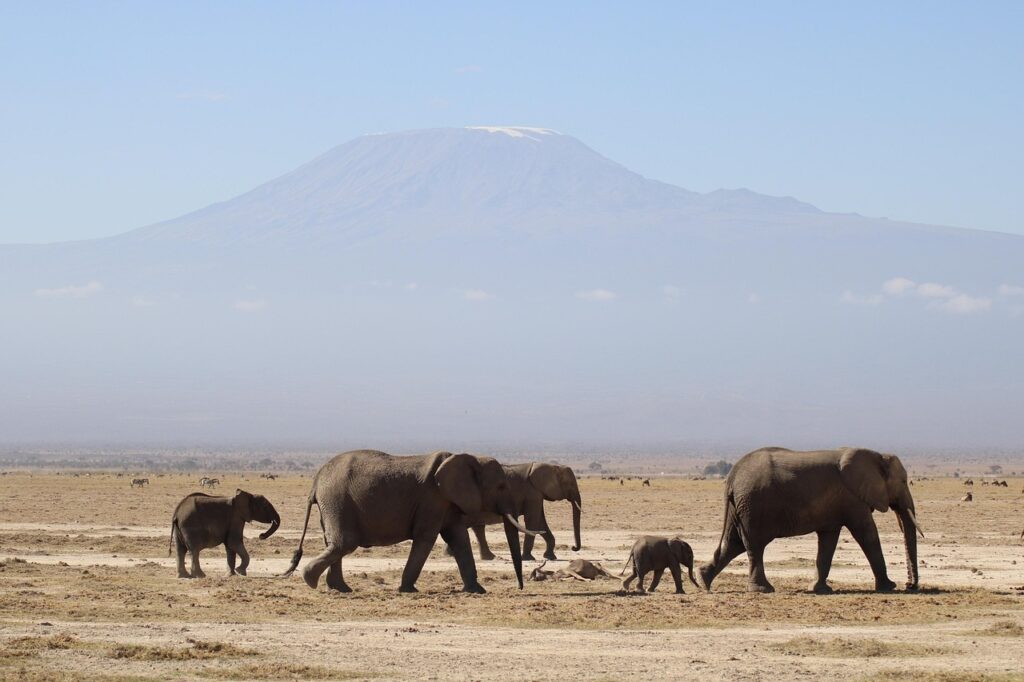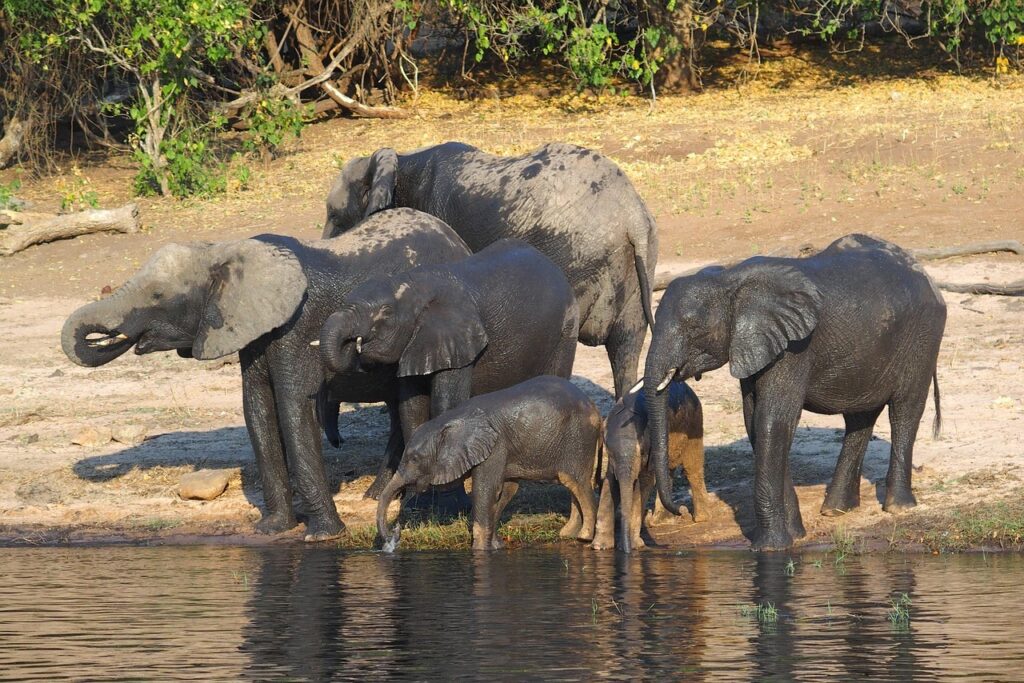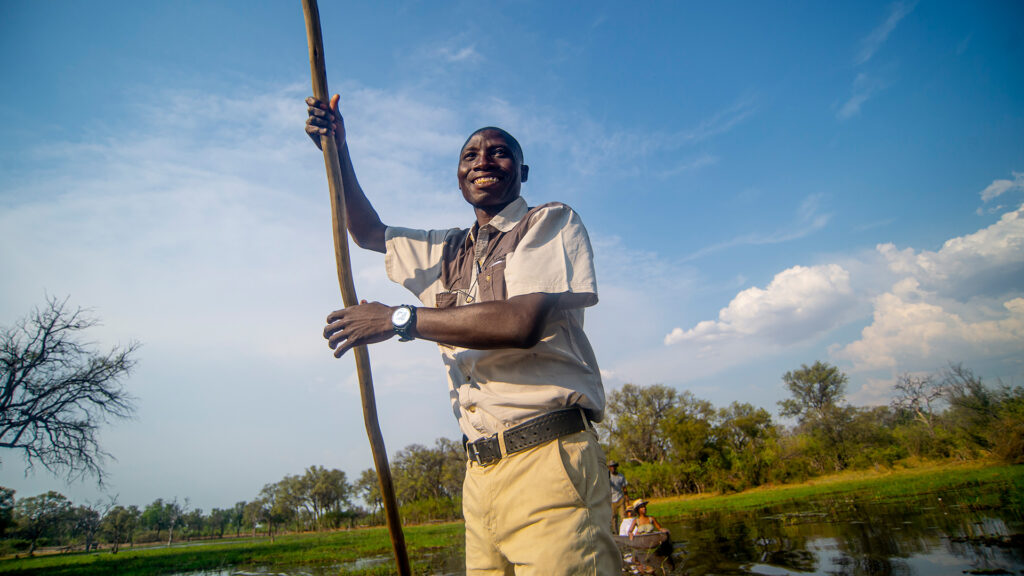Discover the best time to visit Botswana’s iconic Okavango Delta with this detailed guide. Explore seasonal highlights, wildlife encounters, and must-do activities to plan your perfect safari escape.
Imagine drifting silently in a mokoro as the golden morning light dances across the water, or witnessing herds of elephants gathering at shimmering lagoons under the vast African sky. Welcome to the Okavango Delta one of the planet’s most extraordinary wilderness areas and a sanctuary of biodiversity. A UNESCO World Heritage Site located in the heart of Botswana, the Delta is a seasonal floodplain that transforms with the rhythm of nature. Visitors can have an amazing time in the Okavango Delta, particularly during the low season when the area is quieter and less crowded.
Timing your visit can make all the difference. Whether you’re a seasoned safari-goer or a first-time explorer, understanding the Delta’s shifting seasons ensures you experience its full magic—whether that means wildlife-packed game drives or tranquil boat cruises through flooded channels.
In this guide, we break down the best time to visit the Okavango Delta based on weather, wildlife, activities, and accessibility to help you plan an unforgettable journey.
The Okavango Region
The Okavango Delta, located in the heart of Southern Africa, is a unique and fascinating ecosystem that offers an unforgettable safari experience. As a UNESCO World Heritage Site, the Okavango Delta is one of the most dynamic and diverse wildlife destinations in Africa.
The region is characterized by its distinct cyclical rhythm, with the rainy season and dry season bringing about significant changes in the landscape and wildlife viewing opportunities.
The Okavango River, which sustains the delta, flows from the Angolan Highlands and creates a verdant green oasis in the middle of the Kalahari Desert.
The best time to visit the Okavango Delta depends on personal preference, with the dry season (from May to October) offering excellent game viewing and the wet season (from November to April) providing a unique opportunity to see the delta in full swing.
What is the Okavango Delta’s Unique Seasons
The Okavango Delta is a UNESCO World Heritage Site and one of the largest inland deltas in the world, sustained by the Okavango River in Botswana.
This breathtaking wilderness supports a vibrant ecosystem of land, water, and air species. Its diverse seasons offer dramatically different experiences for visitors, from thrilling game drives to tranquil mokoro rides.
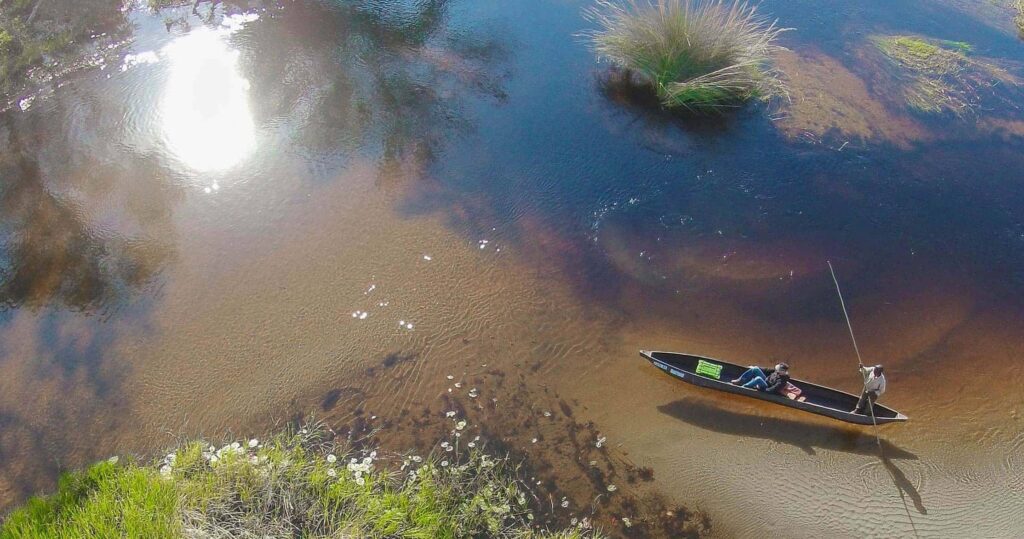
As a seasonal floodplain, the Okavango Delta doesn’t follow conventional rainy-dry patterns. Instead, it follows a unique hydrological rhythm influenced by rainfall in the Angolan highlands.
This means water levels peak during Botswana’s dry season, creating a dynamic landscape teeming with life. January marks an active time for birds breeding and nesting, coinciding with the arrival of migratory birds and the flourishing of vegetation.
It is also the peak breeding time for many bird species, making it an ideal period for birdwatching and photography.
Botswana Weather Overview
Botswana has a semi-arid climate characterized by warm days and cool nights during the dry season, and hot, humid conditions during the rainy season.
The weather plays a pivotal role in shaping the safari experience.
During the winter months, temperatures can drop sharply at night, creating a significant contrast between daytime warmth and nighttime coolness.
- Dry Season (May to October): Cooler temperatures (25°C by day, dropping to 2°C at night), low humidity, and minimal rainfall.
- Wet Season (November to April): Hot and humid (up to 35°C), with regular afternoon thunderstorms and green, lush landscapes.
The rainy season lasts until the end of February or early March, featuring hot mornings and afternoon thunderstorms.
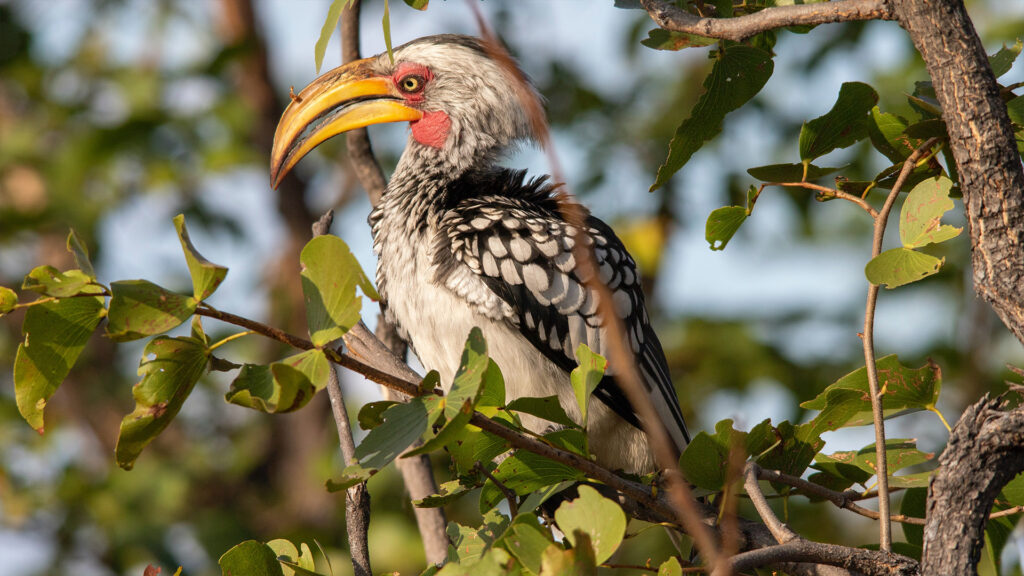
The Kalahari Desert’s presence influences Botswana’s overall dryness, but the Delta remains a lush haven due to seasonal floods.
Seasonal Variations: Dry Season vs. Wet Season
The Okavango Delta experiences two main seasons:
The birthing season begins when the rains arrive, signaling the start of new life for various animal species. The arrival of the rains leads to an increase in wildlife activity and the vibrant transformation of the landscape.
Dry Season (May to October)
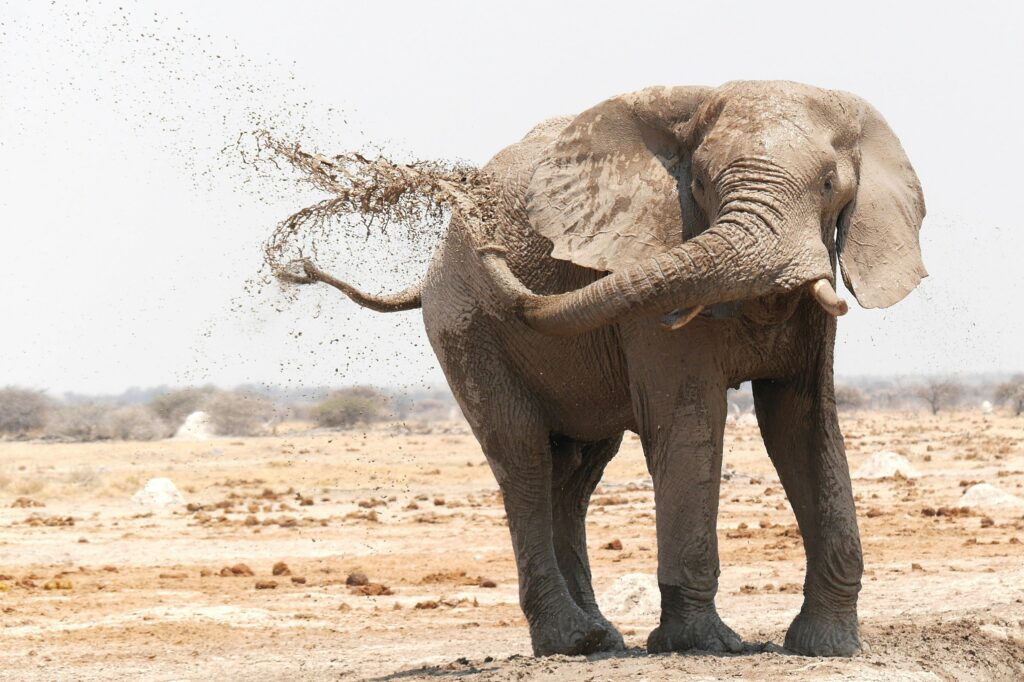
- Peak Safari Season: Best for wildlife viewing as animals congregate around limited water sources during the dry winter months from May to October, offering favorable weather conditions and clear visibility.
- Optimal Accessibility: Roads are dry and passable; skies are clear, perfect for photography. Thinning vegetation during the dry season enhances wildlife viewing opportunities.
- Wildlife Encounters: Spot elephants, buffalo, zebras, antelopes, lions, leopards, and African wild dogs.
- Activities: Mokoro excursions, boat cruises, 4×4 game drives, walking safaris.
Wet Season (November to April)
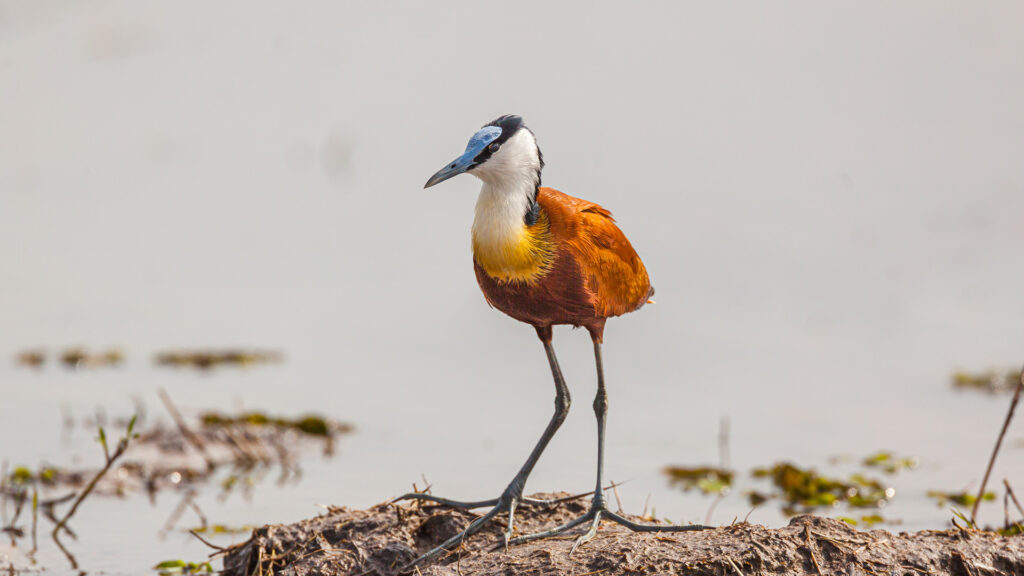
- Green Season: The landscape transforms into a lush paradise.
- Birdwatcher’s Dream: Migratory birds, including kingfishers and herons, arrive in abundance. Fruit bats also become active at night, feeding on ripe fruits like figs, adding to the vibrant sounds of the season.
- Newborns: Many animals give birth, providing great predator-prey sightings. The wet season also brings a variety of smaller creatures such as butterflies and frogs, contributing to the lively atmosphere of the Delta.
- Fewer Tourists: Lower prices and fewer crowds.
Best Time for a Safari Trip
The best time for a safari trip to the Okavango Delta is during the dry season, from June to October.
This period offers excellent game viewing, with many animals concentrated around the remaining water sources.
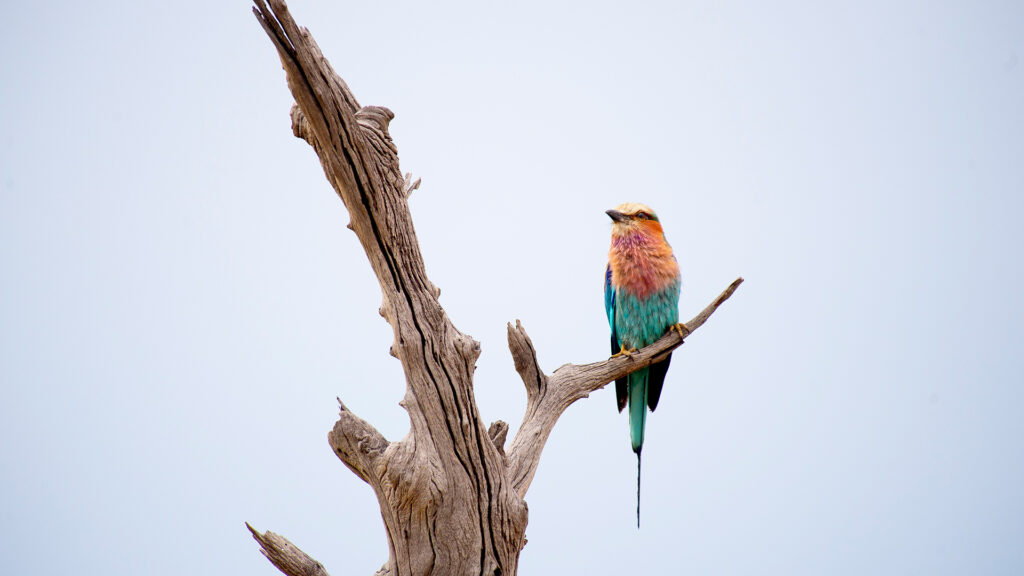
The dry season is also the best time to see African wild dogs, as they begin to search for dens for their puppies.
The cooler temperatures during this time make for more comfortable safari conditions, with daytime temperatures ranging from 20 to 25 degrees Celsius.
The dry season is also the peak tourist season, with many species of migrant birds arriving in the delta. However, the wet season, from November to March, is also a great time to visit, with the summer rains bringing new life to the delta and many baby animals being born.
Planning Your Okavango Delta Visit
While June to August is the peak time to visit for ideal safari conditions, the Okavango Delta remains a year-round destination thanks to its permanent water channels and diverse ecosystems.
A month-by-month guide is essential to understanding how each month differs in terms of climate and wildlife visibility.
- June to August: Best game viewing, mild temperatures. June to October represents a good time for wildlife viewing, as this period coincides with peak safari season.
- May or September: Great compromise between rates and experience.
- October: Hot but rewarding for predator sightings.
- December to April: Best for birding and lush landscapes, though with increased rainfall.
The timing of the Delta flood is crucial. Rainfall in Angola reaches Botswana months later, usually around June, peaking in July/August.
Preparing for Your Journey
Preparing for a journey to the Okavango Delta requires careful planning and consideration of the time of year and activities you want to do.
The dry season is the best time for game drives and land-based activities, while the wet season is ideal for boat cruises and mokoro trips.
The Okavango Delta is a remote and inaccessible region, requiring specialized transportation to access.
Visitors can choose from a range of transportation options, including flights and boat transfers, to reach the delta. It’s also essential to pack accordingly, with warm days and cool nights requiring layers of clothing.
The summer months can be hot, with torrential downpours in the late afternoon, so it’s crucial to be prepared for changing weather conditions.
A traditional dugout canoe, or mokoro, is a great way to explore the delta’s waterways and get up close to the wildlife.
Getting to the Okavango Delta
Most visitors fly into Maun, the primary gateway to the Delta. Daily regional flights connect Maun International Airport to major hubs like Johannesburg and Cape Town.
August is a critical time when the floodwaters reach Maun, marking excellent game viewing conditions.
From Maun:
- Light Aircraft Transfers: Most remote lodges are accessed via scenic charter flights.
- Mokoro Canoes & Motorboats: Ideal for water-based camps.
- 4×4 Vehicles: Reach dry-land areas, particularly around Moremi Game Reserve.
Activities and Experiences in the Okavango Delta
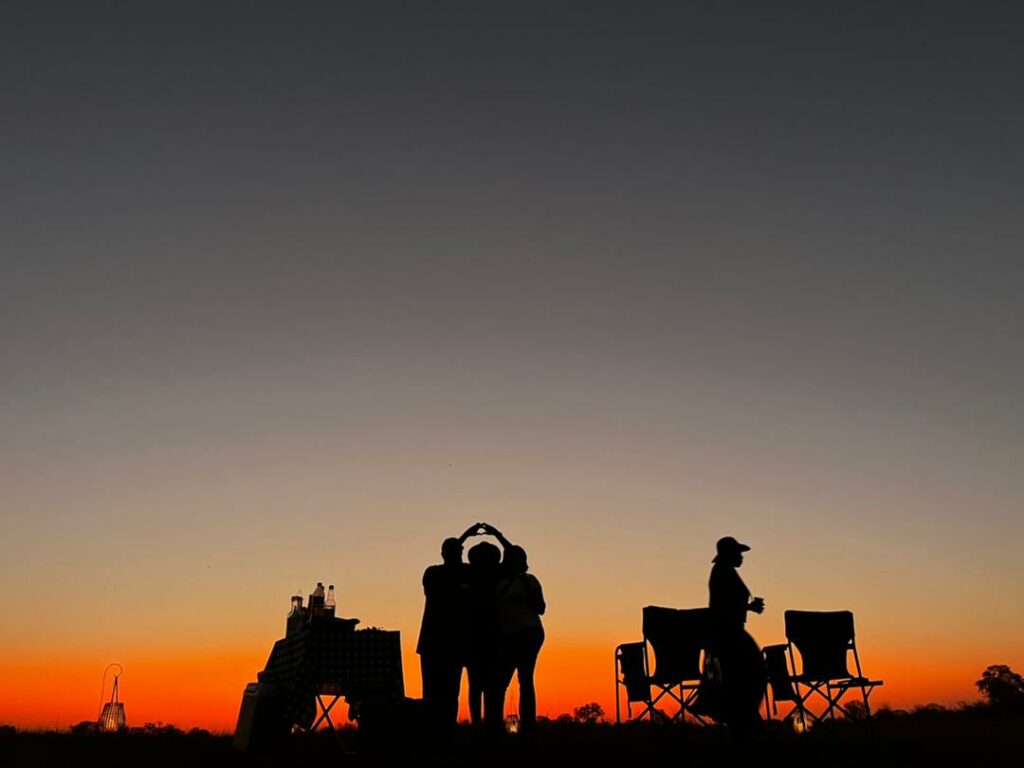
The Okavango Delta offers a rich array of immersive activities that cater to all interests:
- Mokoro Excursions: Silent, traditional dugout canoe trips offer an intimate experience with nature.
- Boat Cruises: Explore the waterways and spot hippos, crocodiles, and waterbirds.
- Game Drives: Especially fruitful in Moremi Game Reserve and dry areas. October is known for fishing frenzies, with dramatic game viewing as animals gather around remaining water sources.
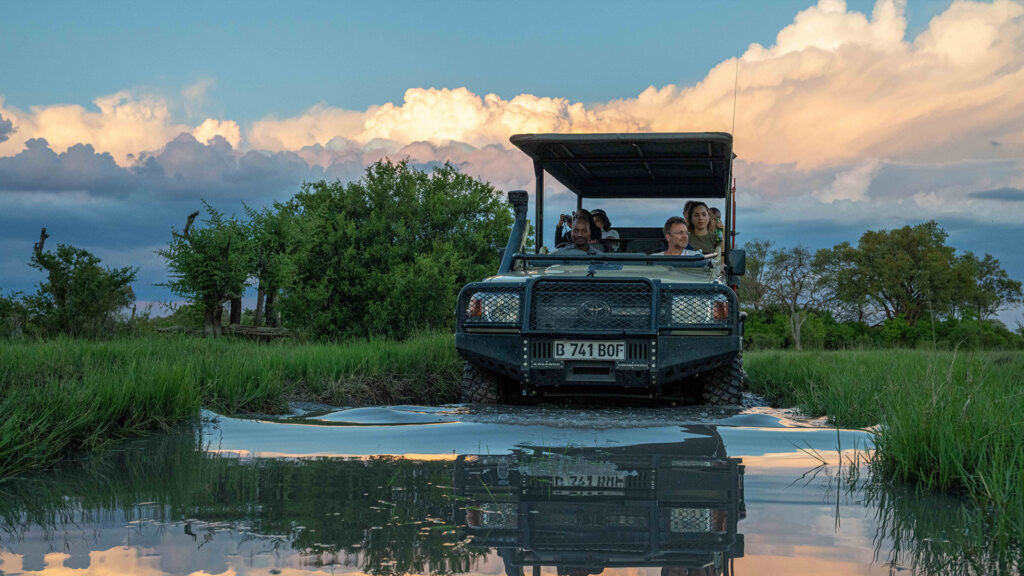
- Walking Safaris: Led by expert guides, these offer a ground-level perspective on the Delta’s wonders.
- Birdwatching: Peak season for migratory birds is during the wet months. Dense bush and foliage provide hiding places for predators during the summer months.
Whether you crave the drama of dry-season game viewing or the color and serenity of the green season, the Okavango Delta delivers unforgettable experiences.
With careful planning and awareness of the seasons, your safari can be magical any time of the year.
Frequently Asked Questions (FAQ) About Visiting the Okavango Delta
What is the best time to visit the Okavango Delta?
The Okavango Delta can be visited year-round, with each season offering unique experiences. The best time to visit is during the dry season, from May to October, when wildlife viewing is at its peak, and the weather is cooler. However, the rainy season from November to April brings lush landscapes and abundant birdlife, providing a different but equally captivating experience.
Can you see the Big 5 in the Okavango Delta?
Yes, the Okavango Delta is home to the Big 5: lions, leopards, elephants, buffalo, and rhinos, although rhinos are less commonly seen.
What is the Okavango Delta’s rainy season?
The rainy season in the Okavango Delta runs from November to April, characterized by lush landscapes and abundant birdlife.
How do I get to the Okavango Delta?
Most visitors fly into Maun, Botswana, and then take light aircraft transfers or 4×4 vehicles to reach their lodges in the Delta.
What activities can I do in the Okavango Delta?
Visitors can enjoy mokoro excursions, boat cruises, game drives, walking safaris, and birdwatching, offering a diverse safari experience.
When does the Okavango Delta flood?
The Okavango Delta typically floods from June to August, following rains in the Angolan highlands, creating a unique environment for wildlife.
What should I pack for a trip to the Okavango Delta?
Pack lightweight, breathable clothing, a hat, sunscreen, binoculars, and a good camera to capture the stunning wildlife and landscapes.
Is the Okavango Delta suitable for families?
Yes, many lodges offer family-friendly accommodations and activities, making it an ideal destination for a family safari adventure.
Are there any health precautions I should take?
Consult your healthcare provider about vaccinations and malaria prophylaxis before traveling to the Okavango Delta.
